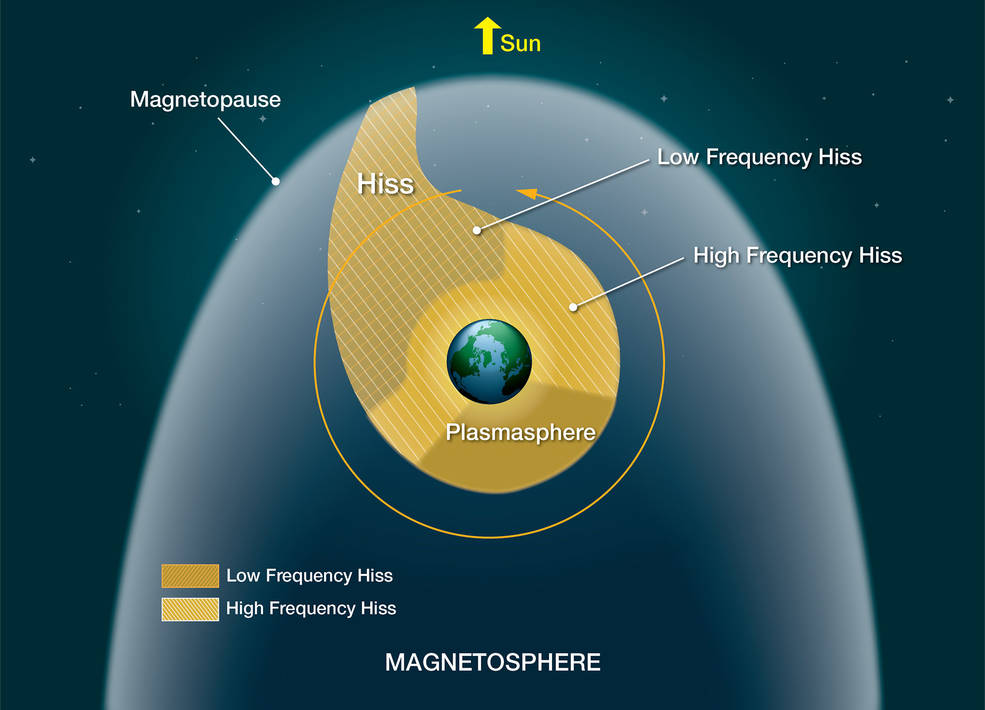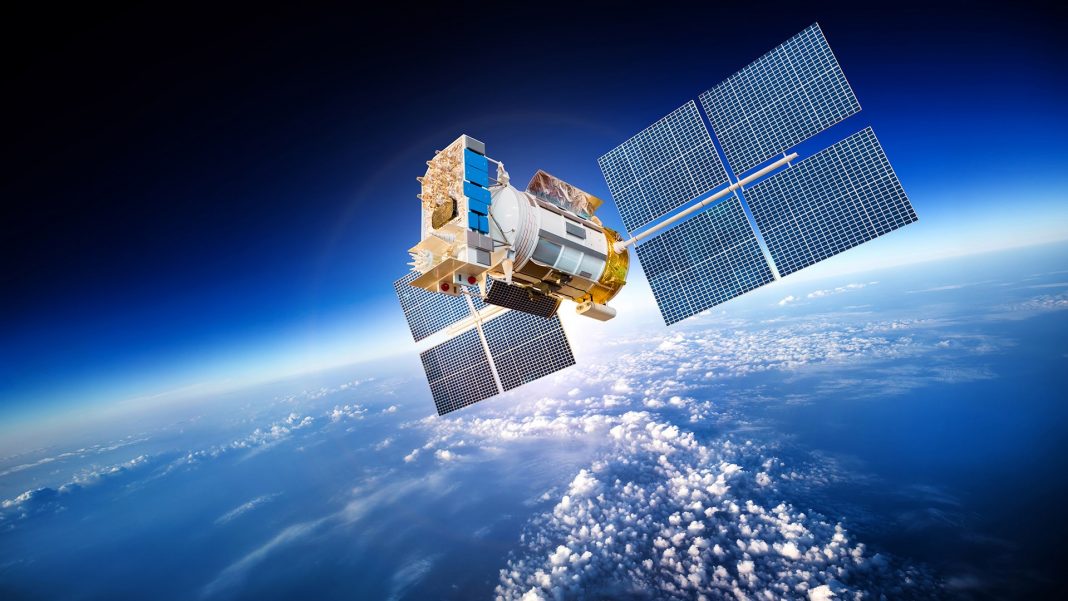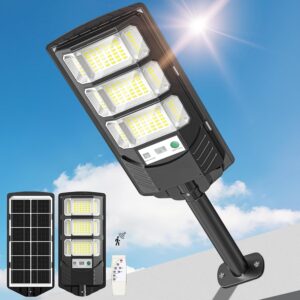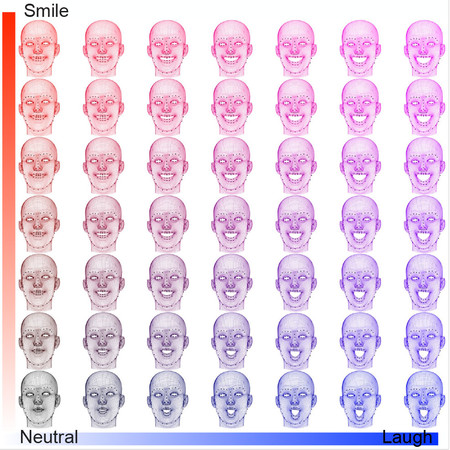Earth is encompassed by fields of moving charged particles, electricity, and magnetism, forming waves around the planet. One particular part of this cocoon is the Van Allen radiation belt, which is full of particles that cause interference and damage to telecommunication satellites. In a recent study, published in the Journal of Geophysical Research, NASA has found that a specific type of low-frequency wave has more to offer than previously known.
While studying plasmaspheric hiss, which has already been found to reduce the damaging particles of the *Van Allen belt, researchers discovered that a special population of very low-frequency waves in this category did extraordinarily good at clearing out the troublesome radiation and clustered in separate groups from better studied plasmaspheric hiss.

Credits: NASA’s Goddard Space Flight Center/Mary Pat Hrybyk-Keith
The hiss, which makes a static sound when picked up radios, has unknown origins. Some theories say that it is created when the plasmasphere, an area of cold plasma near to Earth, is infused with an amount of charged particles. In order to study the plasma waves, electromagnetic fields, and other radiation around the Earth NASA uses the Van Allen Probes to study hiss and other interaction of particles surrounding the planet.
Scientists use the data collected from the probes to make models that help predict ‘weather’ in the space around Earth where various satellites routinely orbit. A researcher from Goddard Space Flight Center said of the new hiss discovery that “this is definitely an improvement and will allow us to understand the region better and compare theoretical predictions with observations more effectively.”
The *Van Allen belts are a collection of charged particles, gathered in place by Earth’s magnetic field. They can wax and wane in response to incoming energy from the sun, sometimes swelling up enough to expose satellites in low-Earth orbit to damaging radiation. Source: NASA
More News to Read
- What type Applications We need for Quantum Computers?
- Researchers Develop 4D Cameras with Extra-Wide Field of View That could Improve Robotic Vision…
- Martian Moon Phobos Makes Guest Appearance in Hubble Photos of Mars
- Accidental Discovery of new Method for Creating High-Energy Shockwaves that Accelerate Astrophysical Particles
- Mathematical Algorithms Reveal New Information About Aggressive Breast Cancer











